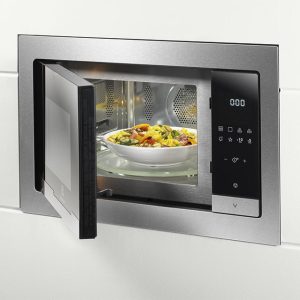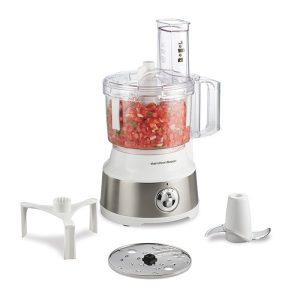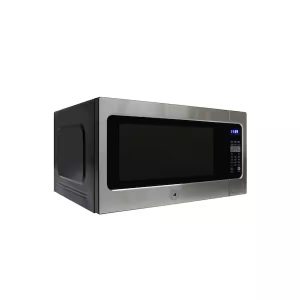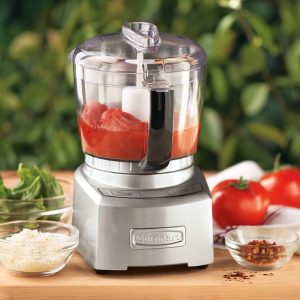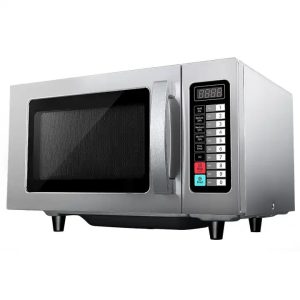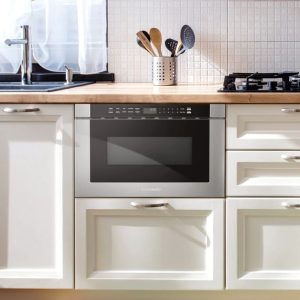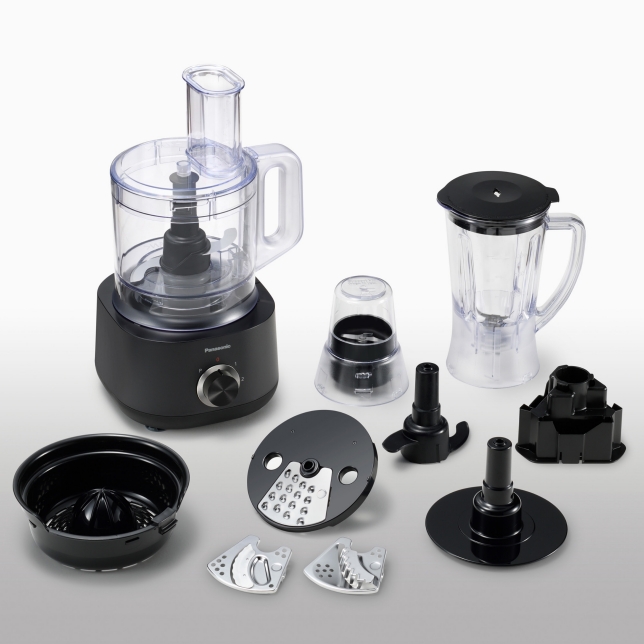
Common Issues with Food Processor Operation
When your food processor stops working, it can be frustrating. Understanding common issues can help you get back to processing quickly.
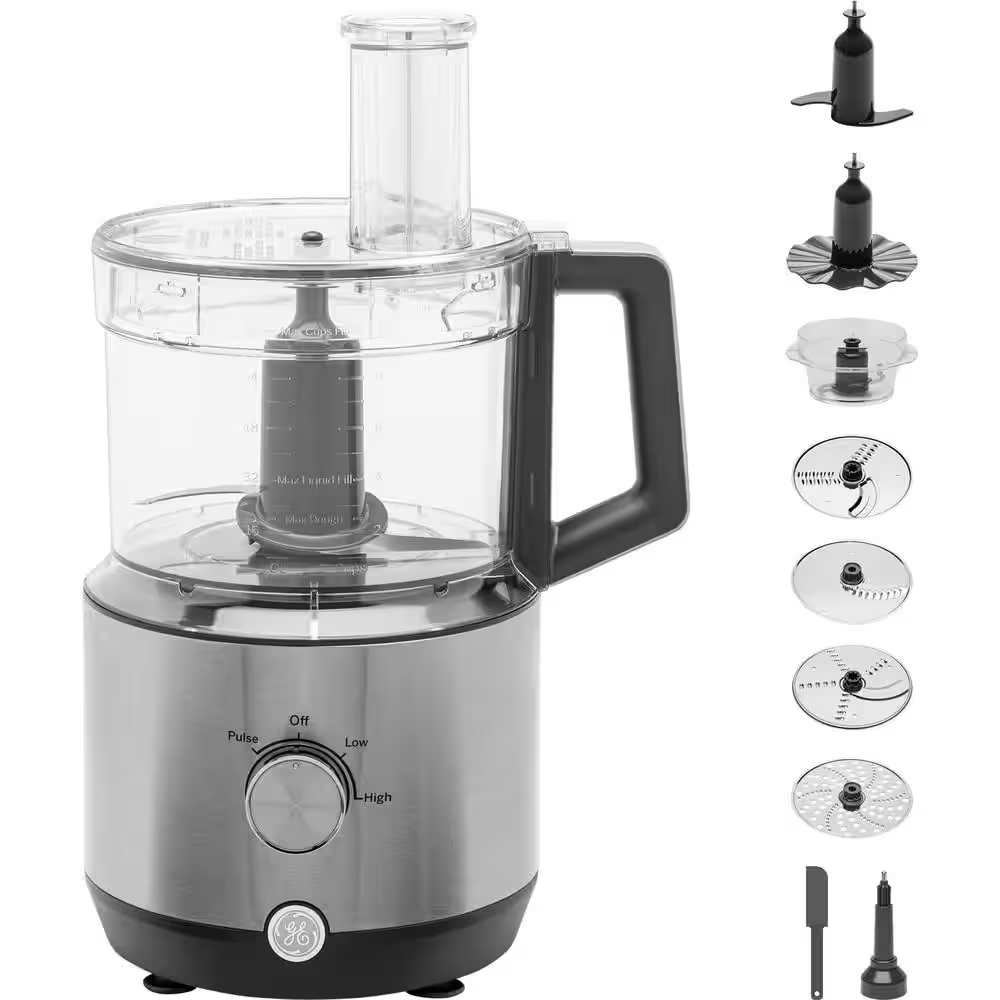
Checking Your Assembly Process
If your food processor not working, start by checking the assembly. An incorrect setup often leads to problems. Ensure that the base, bowl, and lid lock in place as they should. Listen for the confirming clicks that each part is secure.
Identifying Broken or Malfunctioning Parts
Next, inspect for broken parts. A damaged blade, misaligned bowl, or a snapped rib at the bottom might be the culprit. If parts seem out of place or broken, they may need replacement to restore function.
The Role of the Safety Lock in Food Processor Functionality
Your food processor is designed with a safety lock for a good reason. This feature ensures that the appliance only operates when everything is assembled correctly. It’s there to protect you from potential injuries that can occur if blades start spinning with an unsecured bowl or lid. If your food processor not working, the safety lock might be engaged.
How to Unlock the Safety Lock
To get your food processor up and running, you need to unlock the safety lock. Start by taking a close look at how the parts fit together. Make sure the bowl and lid are aligned with the base. Listen as you lock each part into place; a click should tell you the lock is disengaged. If you don’t hear it, recheck the assembly. Remember, the safety lock is a sign that your processor assembles correctly. If it’s engaged, and you’ve double-checked the setup, but your food processor not working still, it may be time to inspect for damage or misalignment. Ensuring the lock disengages properly will get your appliance back to work safely.
Correctly Assembling Your Blender Attachment
Proper assembly is key when you find your food processor not working with the blender attachment. It ensures safety and functionality. Here’s a simple step-by-step guide to get it right.
Step-by-Step Assembly Guide
- Attach blade to the jar. Make sure it sits tightly.
- Place the jar over the motor unit base. Twist clockwise to secure.
- Listen for a click. This sound means the jar is in place and the safety lock is off.
If you follow these steps and your food processor not working still, re-check each part. Make sure everything lines up correctly. The base, jar, and blade need to connect properly for the appliance to start. A properly assembled blender attachment will prevent unnecessary safety lock triggers and ensure smooth operation.
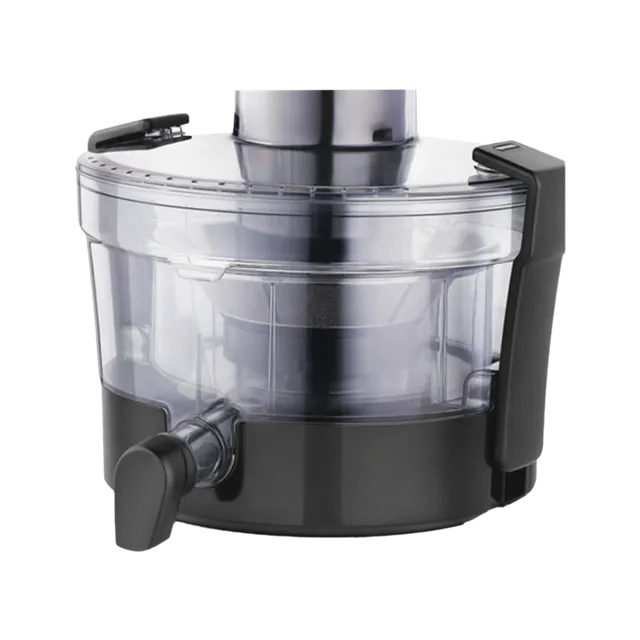 Dealing with a Broken Rib at the Bottom of the Jar
Dealing with a Broken Rib at the Bottom of the Jar
If you’ve noticed your food processor not working despite correct assembly, a broken rib could be at fault. This issue often prevents the safety lock from disengaging.
Signs and Solutions for Rib Damage
Look for these key signs indicating rib damage:
- The blender jar does not sit firmly on the base.
- The safety lock fails to disengage even with proper alignment.
- Visible physical damage is present at the bottom of the jar.
To solve this issue, follow these steps:
- Inspect the bottom of the blender jar for any cracks or breakage.
- Confirm if the rib meant to trigger the safety lock is intact.
- If damage is evident, replace the blender jar with a compatible one.
Always ensure that any replacement parts are compatible with your food processor model. Using the right parts helps maintain functionality and safety.
Maintenance Tips to Prevent Food Processor Malfunctions
To keep your food processor in top shape and avoid the dreaded ‘food processor not working’ scenario, routine maintenance is key. Here are some practical maintenance tips to help you minimize malfunctions and extend your appliance’s lifespan.
Regular Cleaning and Care
Regular cleaning is the simplest step to prevent many common issues. Here’s how to do it right:
- Unplug the appliance before cleaning.
- Dismantle removable parts, like the bowl and blade.
- Wash these parts with warm, soapy water.
- Use a damp cloth to wipe the motor base.
- Ensure everything dries completely before reassembling.
- Follow the manual for any specific care instructions particular to your model.
By carrying out these steps after each use, you can keep your food processor clean and in proper working order. Remember, buildup of food particles can cause parts to stick and prevent the safety lock from disengaging, leading to your food processor not working as intended. Routine cleaning helps to avoid this and also prolongs your appliance’s life by preventing blade dullness and motor strain. Take care of your food processor, and it will take care of your culinary tasks with ease.
What to Do When Your Food Processor Won’t Start
Nothing is more frustrating than when your food processor not working just as you need it most. Here are practical steps to tackle this issue straight away.
Initial Checks and Simple Solutions
Before you dive into more complex solutions, let’s start with the basics. If your food processor won’t start, here’s what you should check first:
- Power Source: Make sure it’s plugged in. Check cords for damage. Try a different outlet.
- Safety Mechanisms: Review safety features. Ensure the lid and bowl are secure. The processor may not start if these are not locked in place correctly.
- Overload Protection: Some models have reset buttons after overload. Find and press this if available.
- Blade Positioning: Ensure the blade is correctly seated. Improper positioning can prevent the appliance from starting.
- Simple Reset: Unplug the unit, wait for a minute, then plug it back in. Sometimes, a simple power cycle can fix minor glitches.
By following these initial steps, you deal with common, easily-solvable issues. If these simple solutions don’t make your food processor start, it may suggest a more serious problem that could require professional attention. Remember to always check your user manual for model-specific instructions that might help you troubleshoot more effectively.
 When to Seek Professional Repair or Replacement
When to Seek Professional Repair or Replacement
Sometimes, despite our best efforts, our food processor not working issues can’t be resolved at home. In these instances, it’s essential to know when to seek professional help and understand the warranty and repair services available for your appliance.
Understanding Warranty and Repair Services
Knowing the details of your food processor’s warranty can save you time and money. Here are some tips:
- Check Your Warranty Period: Most food processors come with a limited warranty. Determine if your appliance is still under warranty.
- Understand Warranty Coverage: Warranties often cover manufacturer defects but not wear and tear. Read the fine print to know what’s included.
- Locate Authorized Service Centers: For repairs, use authorized service centers to ensure quality and retain warranty coverage.
- Keep Receipts and Documentation: Always keep your purchase receipts and warranty information. You’ll need them for any warranty claims.
- Consider Repair Costs vs. Replacement: If your food processor is no longer under warranty, weigh the cost of repairs against buying a new one.
- Seek Professional Advice: If you’re unsure about the issue, consult with a professional. They can provide clarity on whether a repair is worth it.
By understanding your options regarding warranty and repair services, you can make an informed decision about the next steps for your food processor. Whether it leads to professional repairs or purchasing a new appliance, taking the right action can get you back to your culinary tasks with minimal downtime.
Conclusion:
In conclusion, understanding why your food processor might not be functioning is essential for resolving the issue quickly. Whether it’s something as simple as a loose lid or as complex as an internal motor failure, knowing what to check can save time and reduce frustration. Through regular maintenance, careful handling, and timely repairs, you can keep your food processor in excellent working condition. Remember that if you continue to face issues and find your food processor not working, it might be time to seek professional help or consider alternative options.
